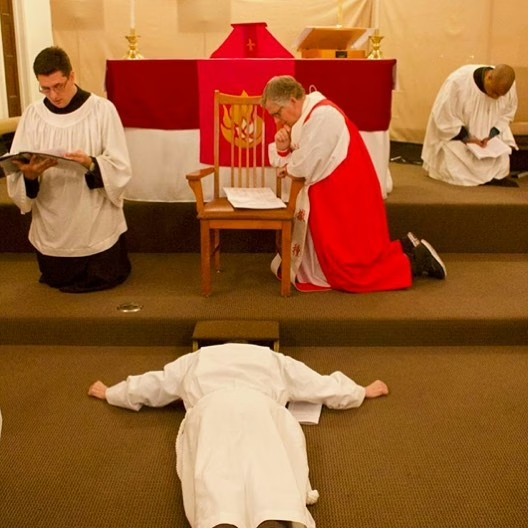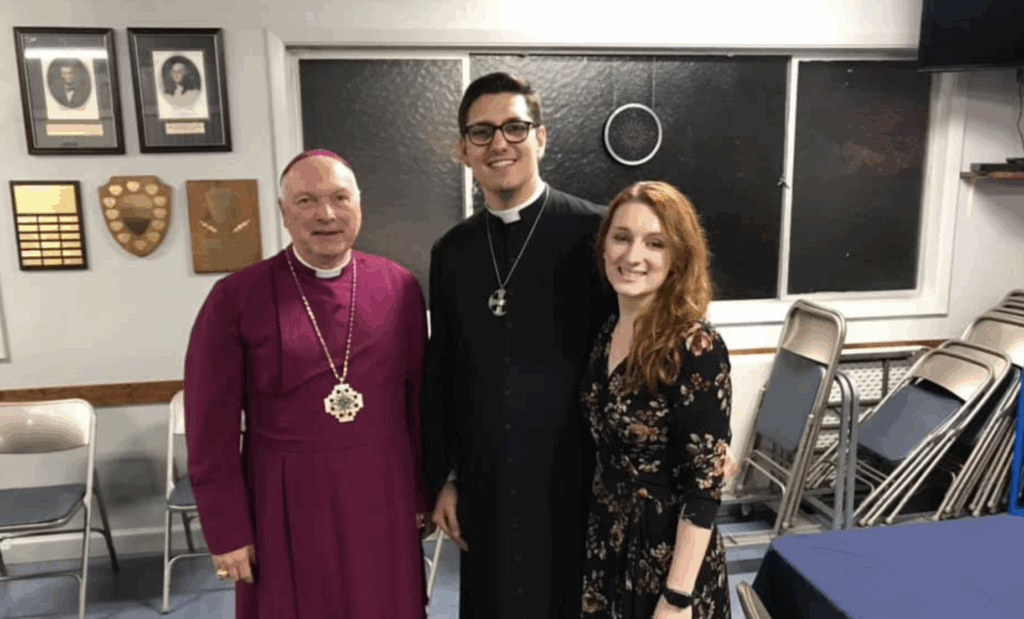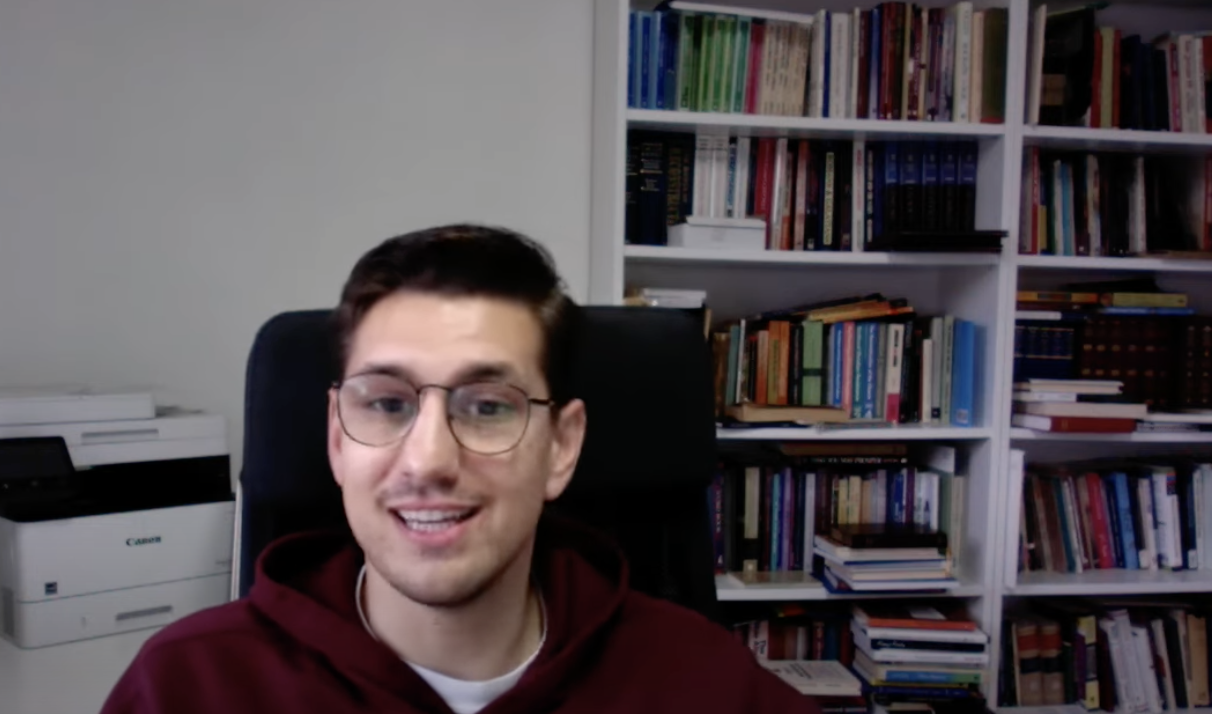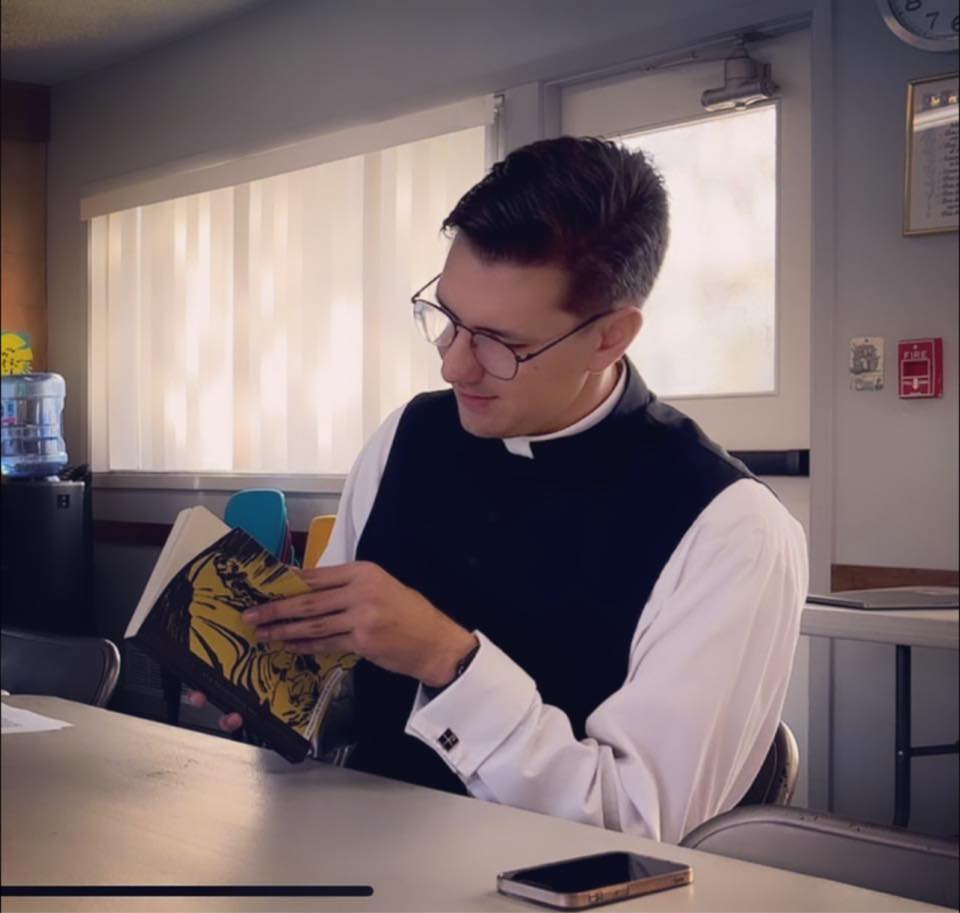Pardon my Clickbait—I did leave the ACNA in 2017, when I was ordained in the Anglican Continuum. I was subsequently received back into the Anglican Church in North America through the Reformed Episcopal Church in 2020, as a presbyter (priest) under the episcopal oversight of Bishop Ray Sutton in the Diocese of Mid-America.
My current parish (SPAC Los Altos) formally affiliated with the Reformed Episcopal Church (REC) and the ACNA in 2023, following more than fifty years as an independent Anglican congregation. The parish’s founders originally left Bishop James Pike’s Diocese of California in the 1960s, seeking to remain faithful to orthodox the Anglican prayerbook, doctrine, and ethics.
Below is a video of describing this process and how the “dual-integrities” movement within Anglicanism created some chaos in my own discernment process.
My notes (Not a transcript):
My Background and Early Ministry in the ACNA
To provide some background, I was confirmed in the Anglican Church in North America (ACNA) in the Diocese of Churches for the Sake of Others (C4SO) by Bishop Todd Hunter in California. I served on the Vestry of the local C4SO parish near Sacramento, California and was later admitted as a postulant (in the process for ordination) in the Northern California Deanery.

I was commissioned to serve as a lay catechist within a C4SO church plant, operating under the Greenhouse church planting model, which allowed me to preach and lead prayerbook services like Morning Prayer in several C4SO churches in our deanery.
Why did I choose to go to C4SO?
While working part of the year in Washington, D.C. in 2009-2011, I began exploring the Anglican tradition while affiliated with a more liturgical Communion of Reformed Evangelical (CREC) church that did not have a local congregation in the area. During that time, I attended services at churches connected to the Anglican Mission in the Americas (AMiA), which provided a formative introduction to Anglican worship and ecclesiology. AMiA functioned as a missionary jurisdiction under the oversight of the Archbishops of the Anglican Church of Rwanda, providing episcopal care and support for congregations seeking to remain faithful to orthodox Anglican doctrine outside the structures of The Episcopal Church.

During this period, Bishop Todd Hunter was consecrated as a missionary bishop within AMiA. His leadership would later contribute to the formation of the Diocese of Churches for the Sake of Others (C4SO), which became a fully recognized diocese within the Anglican Church in North America (ACNA).
Leaving the ACNA
Nevertheless, I eventually decided to leave the ACNA. The specifics of why I left and what transpired during that period are not relevant here. I can summarize the issues as related to women in Holy Orders and my own ideals on what it meant to be Anglican.
What matters is the valuable lesson I learned about my own misconceptions and the challenges young men like me face when dissatisfied with ecclesiastical politics.
In retrospect, I have had to confront and repent of my arrogance, which was not rooted in intelligence, capability, leadership qualities, or theological acumen. Instead, it was founded on a misunderstanding of the role of the institutional church and its place in our lives.
Handling the Ordination of Women in the Anglican Communion
The issue of women in orders was a significant challenge I faced in the Anglican Church in North America (ACNA). As someone with a catholic-minded approach, I grappled with the ordination of women as deacons and priests, as it deviated from historic Christian practice. Where I was in our local deanery, we had female deacons, but no local female priests. When this began to change, it forced me to consider whether I could live and work in a dual-integrities environment.
This led me to consider leaving the ACNA and joining the Anglican Continuum. The Anglican Continuum refers to a group of Anglican jurisdictions that separated from the Episcopal Church and the Anglican Communion beginning in the late 20th century, primarily in response to theological liberalism, liturgical revision, and the ordination of women.
However, I also found it difficult to integrate into the more ritualistic and Anglo-Catholic expressions within the Anglican Continuum. Many of the environments I encountered were insular and tightly controlled. In some cases, small congregations operated under the heavy-handed oversight of bishops who adopted a preservationist mindset—more focused on guarding ecclesial identity than fostering mission or pastoral care.
While other churches within the broader Continuum did not exhibit these tendencies, my immediate context was marked by rigidity and authoritarianism. My own vestry felt threatened by the constant pressure to affiliate and submit. The question of institutional unity continued to weigh heavily on me, especially as I witnessed several close friends and fellow clergy turning to Roman Catholicism or Eastern Orthodoxy in their search for a more cohesive and historic communion.
Eventually, these tensions culminated in a crisis among the bishops overseeing my parish and diocese. The micro-jurisdiction began to fracture, and some bishops even attempted to persuade me to seek full communion with the Orthodox Church.
But I chose to remain Anglican, unable to shake my Protestant convictions.
My Return to ACNA
As I searched for counsel I reached out to Bishop Ray Sutton hoping that he would be able to help us resolve our diocese and jurisdiction drama. He offered me (and others) a lifeline through the REC and the ACNA. My tradition 1928 BCP parish would not be a good fit for the C4SO, we would work well and fit culturally into the REC. He offered a path for our bishops to come as well—but I was the only clergyman who decided to join. After completing a thorough background check, many phone calls, submitting academic transcripts, written papers, and undergoing examinations by the Board of Chaplains, I was received by vote of the Standing Committee.

This personal experience made me realize that institutional unity should not be our sole defining characteristic as a Church. The history of the Church reveals that various forms of government have experienced struggles and challenges, yet the Holy Spirit has sustained it through it all.
The REC has existed for over a century, remaining faithful to the Anglican formularies, the Book of Common Prayer, and the Articles of Religion. During the ACNA’s formation amid the Episcopal Church’s crisis, the REC became a founding jurisdiction and provided a solid, faithful witness for Anglican identity.
**These are my personal views and experiences do not represent the official position of the Reformed Episcopal Church or its Bishops.**


Leave a Reply